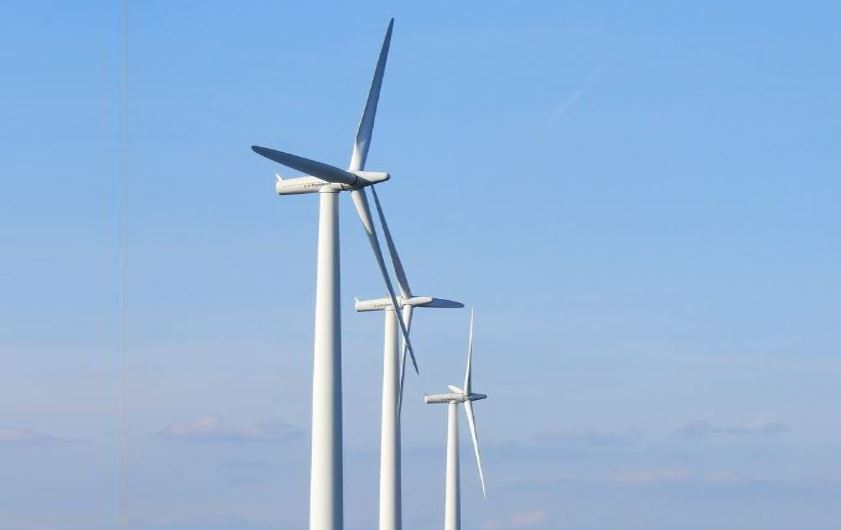
In 2018, wind energy represented 14% of the European Union’s electricity mix. In 2017, the proportion was 12%, according to WindEurope.
Wind energy in 2018 rose by 8.6 GW and 2.65 GW onshore and offshore respectively.
Wind’s share of Europe’s electricity mix is rising thanks to more powerful turbines and growth in capacity. In Denmark, which tops Europe’s league table, 41% of its electricity comes from wind. Ireland, in second place, came in at 28%, followed by Portugal (24%).
Electricity mix – will wind lose ground?
In 2018, wind represented 49% of all new electrical power generation capacity in the EU. However, the amount of new wind energy capacity declined by one-third compared to 2017 (a record year).
In 2017, wind energy won 13 GW of new capacity in auctions. In 2018, the amount was just 9 GW.
New capacity declined by more than half in Germany. WindEurope says the fall was due to the auctions, which were poorly designed (problem not sorted). Permission problems were also a factor (ongoing).
In the United Kingdom, the number of new onshore wind farms was zero in 2018. The EU now has wind power capacity of 18 GW offshore and 171 GW onshore, i.e., a total of 189 GW.
Financial backing for new wind capacity
Financial backing for new wind capacity hit a record in 2018. A total of 17 GW of future projects reached FID (Final Investment Decision); 4.2 GW offshore and 13 GW onshore.
This was 45% more than the previous year. However, in monetary value (euros), 2018 was only 20% greater than in 2017. This shows that costs continue declining “and you get more bang for your buck,” says WindEurope.
Current electricity mix benefiting more businesses and people
Giles Dickson, CEO of WindEurope, said:
“Wind energy now provides 14% of the EU’s electricity, up from 12% in one year. More and more people and businesses are benefiting from the clean and affordable power that wind delivers. But beneath the surface, many things are not right. Last year was the worst year for new wind energy installations since 2011. Growth in onshore wind fell by over half in Germany and collapsed in the UK. And 12 EU countries didn’t install a single wind turbine last year.”
“Investments in future capacity were quite good last year thanks to the UK, Spain, Sweden – and thanks also to the further expansion of offshore wind. But the outlook for new investments is uncertain. There are structural problems in permitting, especially in Germany and France. And with the noble exception of Lithuania and despite improvements in Poland, there’s a lack of ambition in Central and Eastern Europe.”
2030 National Energy & Climate Plans
Regarding the 2030 National Energy & Climate Plans, Dickson added:
“The 2030 National Energy & Climate Plans are a chance to put things right. But the draft Plans are badly lacking in detail: on policy measures, auction volumes, how to ease permitting and remove other barriers to wind investments, and how to expand the grid. Governments need to sort this out before they finalize the Plans this year.”
Video – What is wind energy?
Wind energy involves capturing the energy in moving air, i.e, wind, and converting it into electricity.

